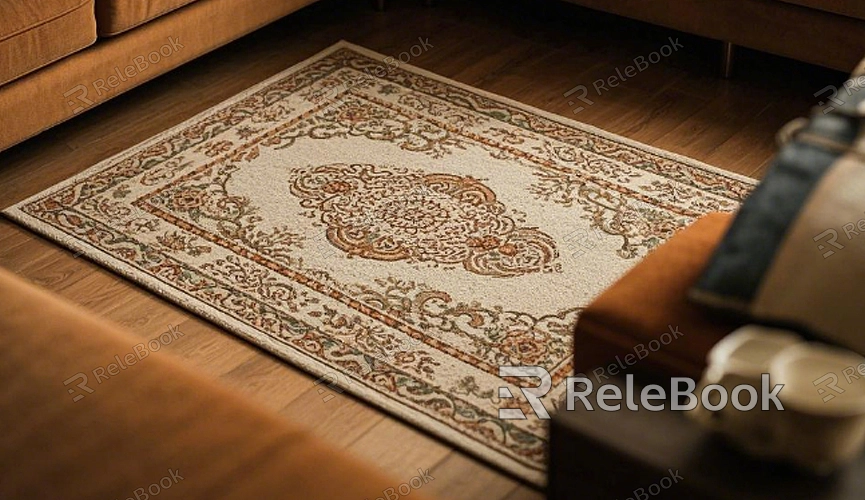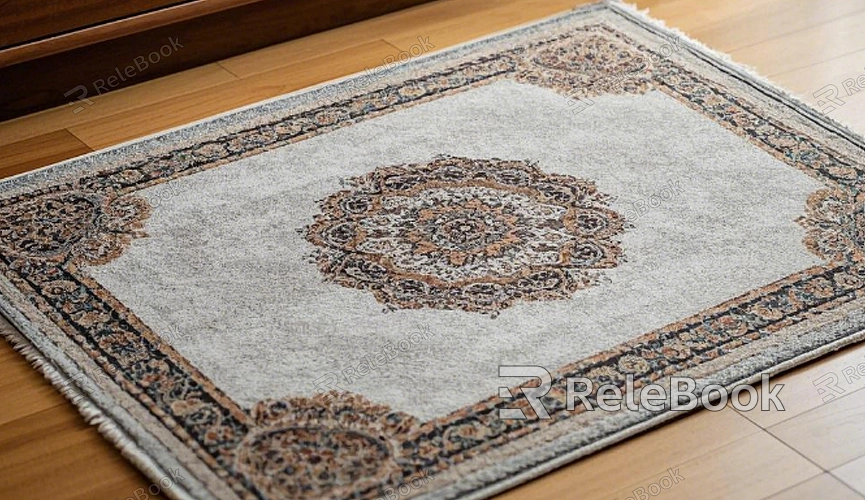How to Make Carpet Texture in Maya Without Hair?
Creating realistic textures for 3D models is an essential skill for artists working with Maya. When it comes to replicating soft surfaces such as carpets, designers need to capture the tactile qualities of the material while balancing performance and realism. This article explores how to generate realistic carpet textures in Maya without using hair, providing a step-by-step guide and helpful tips.

Basics of Texture Creation
The first step in creating any texture is identifying the material’s essential properties. For carpets, textures must simulate fibers, patterns, and the natural way light interacts with the surface. Carpets come in various forms, from plush to flat-woven, each requiring a slightly different approach to texture mapping.
In Maya, textures can be created using bump maps, displacement maps, and normal maps, combined with procedural textures and image-based textures to add detail and realism. Knowing how these elements work together will help you produce a convincing carpet without relying on hair simulation.
Setting Up the Scene and Material
Begin by setting up your scene in Maya. Create a flat plane object that serves as the carpet's base. This plane will act as the surface onto which the carpet texture will be applied.
Assign a material to the plane. The "Arnold Standard Surface" shader is versatile and suitable for simulating fabrics. Adjust the base color to match the desired carpet color. You can either use an image texture or generate a procedural texture within Maya.

Using Procedural Shaders for Carpet Texture
Procedural shaders are an effective way to create realistic carpet textures without external image maps. Maya’s procedural textures can simulate various elements of a carpet, including pattern, fiber direction, and texture density.
Use the "noise" or "cellular" texture nodes to create random patterns resembling carpet fibers. Modify these textures by adjusting the scale, intensity, and color to achieve the desired look. For example, tweaking the "gain" and "bias" of a noise texture can add brightness variation, creating depth.
The "Ramp" node can create gradient effects, ideal for specific carpet patterns or highlights. This technique mimics the slight variation in color that real carpets often exhibit due to wear, lighting, and imperfections.
Adding Depth with Bump or Normal Maps
To give the illusion of thickness and softness, bumps and normal maps are essential. These maps simulate the raised texture of carpet fibers without physically altering the mesh geometry.
Bump maps use grayscale values to simulate height differences on the surface. You can create a bump map manually in Photoshop or use a procedural bump texture in Maya to generate surface detail. For carpets, a bump map can replicate the appearance of fibers rising from the base material, enhancing realism.
Normal maps provide more intricate details by storing information about how light interacts with the surface. This technique is particularly useful for capturing fine details such as individual strands of fiber in a plush carpet.
Simulating Fiber Patterns with UV Mapping
UV mapping is the process of unwrapping a 3D object’s surface to apply 2D textures. For realistic carpets, proper UV mapping ensures that textures fit seamlessly over the surface.
Use Maya’s "Automatic Mapping" tool or manually unwrap the mesh to ensure the texture aligns correctly. Adjust the pattern’s scale to match the intervals of real carpet fibers, avoiding visible seams or stretching. Proper UV mapping is critical for achieving a polished, professional result.
Enhancing Realism with Lighting and Shadows
The way light interacts with the carpet’s surface is crucial for realism. Carpets typically have soft, diffused lighting that highlights the fiber texture. Maya uses a combination of area lights and spotlights to create this effect. Adjust the light’s intensity and direction to produce soft shadows and enhance depth.
Global illumination (GI) systems like Arnold’s "Ray Tracing" further improve realism. GI simulates how light bounces off various surfaces, adding subtle effects that increase the sense of depth and texture.
Fine-Tuning with Displacement Maps
For a more realistic carpet, displacement maps can be used. These maps modify the surface geometry based on grayscale values, creating real height variations. This technique is ideal for simulating plush carpets or shag rugs with fibers rising above the surface.
Use displacement maps in conjunction with the Arnold Standard Surface shader to create significant height variations. While this method requires more computation, it dramatically enhances realism.
Finalizing and Rendering the Carpet Texture
Once the texture and material setup are complete, preview the texture on the plane object and make adjustments as needed. Render test frames to ensure the texture behaves correctly under different lighting conditions.
Use the Arnold renderer for high-quality results. Adjust render settings such as anti-aliasing and sampling to eliminate noise. Review the final render and make any necessary tweaks to the materials, shaders, or lighting to achieve the best results.
Creating realistic carpet textures in Maya without using hair systems is entirely achievable with the right techniques. Procedural shaders, bump maps, UV mapping, and realistic lighting work together to produce high-quality textures for any project. For more resources, including 3D models and textures, visit the Relebook website and explore their extensive collection to elevate your designs.
FAQ
Can I use a texture image instead of procedural shaders for creating carpet textures in Maya?
Yes, you can use image textures, but procedural shaders offer more flexibility and reduce file sizes. Image textures work well for specific patterns, while procedural shaders are better for generating random designs.
What is the difference between bump maps and normal maps for carpet textures?
Bump maps simulate surface height differences with grayscale values, while normal maps provide detailed information about light interactions, resulting in more realistic textures without altering geometry.
How can I make the carpet look softer in Maya?
To make a carpet look softer, combine displacement maps and bump maps for fine fiber details. Soft lighting and well-tuned material settings further enhance softness.
Why is UV mapping important for carpet textures in Maya?
UV mapping ensures that textures align correctly and are scaled appropriately, preventing visible seams or distortions.
How do I create realistic lighting for carpet texture?
Use area lights or spotlights with soft shadows and enable global illumination to simulate natural light interactions with the carpet fibers.

